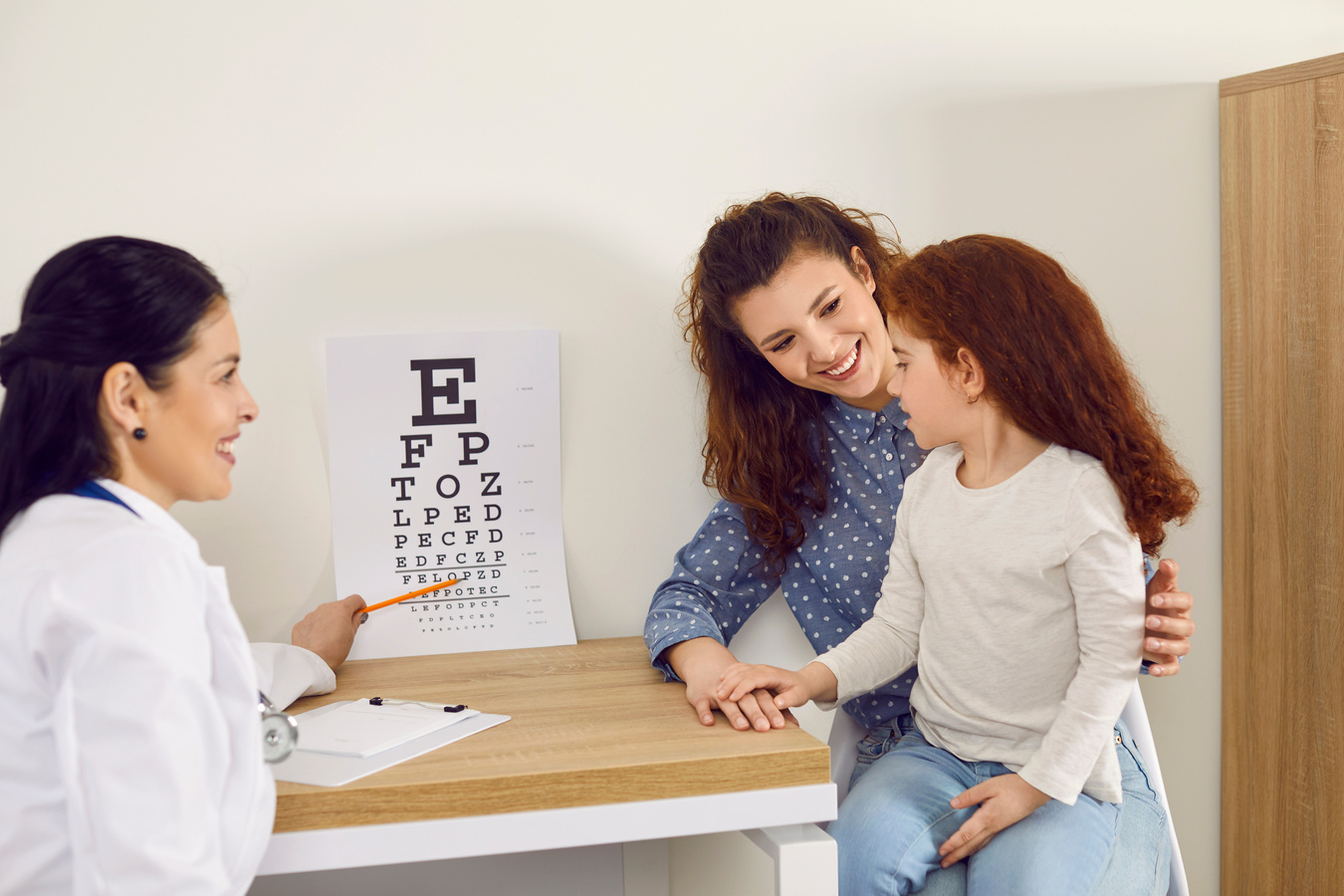
Understanding Common Eye Conditions: Causes, Symptoms, And Treatment
Our eyes are intricate and delicate organs, and just like any other part of our body, they can be prone to various conditions that may affect our vision and overall eye health. Let’s delve into some of the most common eye conditions, their causes, symptoms, and available treatments to help you gain a better understanding of these issues.
- Myopia (Nearsightedness)
Causes: Myopia occurs when the eyeball is slightly longer than normal or the cornea has excessive curvature. This causes light to focus in front of the retina instead of directly on it.
Symptoms: Blurred vision when looking at distant objects, but clear vision up close.
Treatment: Corrective lenses (glasses or contact lenses) or refractive surgery like LASIK.
- Hyperopia (Farsightedness)
Causes: Hyperopia is typically caused by an eyeball that is too short or a cornea that has insufficient curvature.
Symptoms: Blurred vision up close, but better distance vision. Eye strain, especially during close tasks.
Treatment: Corrective lenses (glasses or contact lenses) or refractive surgery.
- Astigmatism
Causes: Astigmatism results from an uneven curvature of the cornea or the lens, leading to distorted and blurred vision.
Symptoms: Blurred or distorted vision at various distances, eye discomfort, and headaches.
Treatment: Corrective lenses or refractive surgery.
- Presbyopia
Causes: Age-related loss of flexibility in the lens, leading to difficulty focusing on close objects.
Symptoms: Blurred vision when reading or doing close work, holding reading material at arm’s length.
Treatment: Reading glasses, bifocal/multifocal lenses, or contact lenses designed for presbyopia.
- Dry Eye Syndrome
Causes: Insufficient tear production or poor tear quality, leading to inadequate lubrication of the eyes.
Symptoms: Dryness, itching, redness, burning sensation, sensitivity to light, and blurred vision.
Treatment: Artificial tear drops, lifestyle adjustments, prescription eye drops, or medical procedures in severe cases.
- Glaucoma
Causes: Increased intraocular pressure that damages the optic nerve, often due to fluid buildup.
Symptoms: Often no early symptoms. As it progresses: peripheral vision loss, tunnel vision, eye pain, and halos around lights.
Treatment: Eye drops, oral medications, laser therapy, or surgery to reduce intraocular pressure.
- Cataracts
Causes: Clouding of the lens due to aging, injury, or other factors.
Symptoms: Blurred, hazy vision, increased sensitivity to glare, difficulty seeing at night, and faded colors.
Treatment: Surgical removal of the cloudy lens and replacement with an artificial lens.
- Macular Degeneration
Causes: Gradual deterioration of the macula, leading to central vision loss, often related to aging.
Symptoms: Blurred or distorted central vision, dark spots in vision, and difficulty recognizing faces or reading.
Treatment: There is no cure, but treatments may slow progression and manage symptoms. Regular eye exams are crucial.
- Conjunctivitis (Pink Eye)
Causes: Inflammation of the conjunctiva (thin layer covering the white part of the eye), often due to infection, allergies, or irritants.
Symptoms: Redness, itching, burning, discharge, and watering of the eyes.
Treatment: Depends on the cause: antibiotics for bacterial infection, antihistamines for allergies, and supportive care for viral conjunctivitis.
- Strabismus (Crossed Eyes)
Causes: Weakness in eye muscles, leading to misalignment of the eyes.
Symptoms: Eyes that do not align properly, double vision, and difficulty with depth perception.
Treatment: Corrective glasses, vision therapy, and in some cases, surgery to align the eyes.
Conclusion
Understanding common eye conditions, their causes, symptoms, and available treatments is essential for maintaining good eye health. Regular eye exams and seeking professional advice when experiencing vision issues are crucial steps in preventing or managing these conditions. Remember, early detection and proper management can significantly improve the outcome and preserve your precious eyesight.
Contact The Eye Health Group’s Doctors today for expert consultation and guidance.


